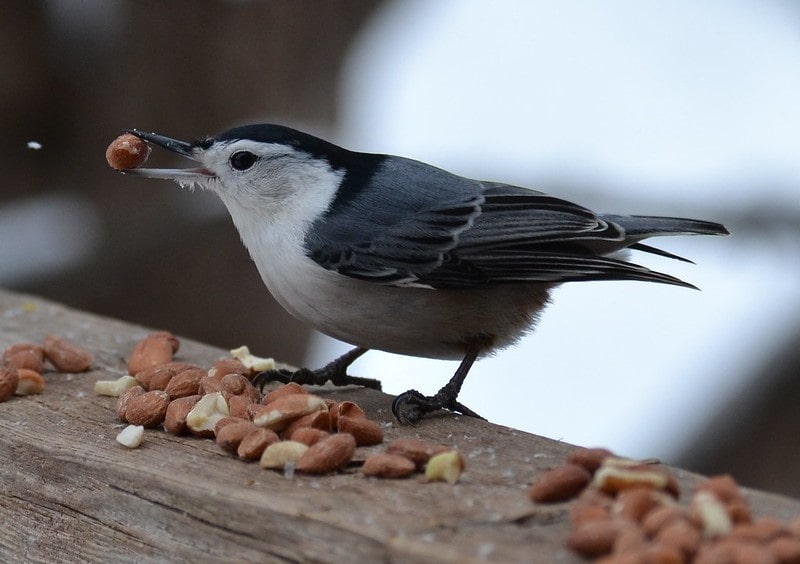White-breasted Nuthatch Mating, Nesting Habits - The Upside Down Bird
They can be present year-round, though they're most often seen in winter.
Woodpeckers and nuthatches both glean insects from tree trunks and large limbs.
Their styles differ: woodpeckers hitch upward around the trunk, while nuthatches work headfirst downward, often taking insects the upward pass misses.
Description: Size - Field Marks
While it's the largest of North American nuthatches, it only measures about 5 to 6 inches in length.
Males have a dark crown and nape with a white face and a gray back. With varying amounts of reddish brown on the rump and flanks.
The breast is a bright white, differing from most nuthatches. Females differ in the color of the crown and back. Females have a grayish crown and nape.
Immature birds are lighter than adults with noticeably white wing bars.
White-breasted Nuthatch Call
Mating Courtship Behavior
White-breasted nuthatches can begin their mating and courtship behaviors as early as January.
The male bird will begin his song and in response, the female may approach and remain still as she perches nearby.
After a while, the two will go off and feed together for the day. At day's end, each goes to a separate nest hole to roost for the night.
Nuthatches also engage in a behavior known as mate-feeding.
The male bird collects a morsel of food, flies to the female, and then places the food in her bill.
Both parents feed their young during the first days after hatching.
The male brings most of the food while the female spends much time in the nest brooding the young.
In the first 4 days after hatching, the feeding rate of males increases from 7 to 12 trips per hour.
Later, the female becomes more active in feeding young and is able to increase feedings.
Habitat, Where they Live
While White-breasted nuthatches live in and prefer deciduous woods, some will be found living and nesting in mixed deciduous and coniferous woods.
Tree types selected for nesting include mature silver maples, hackberry, black walnut, and Ponderosa Pine.
Nests will be found near woodland edges along roadways, water, or open fields.
Nesting Habits and Behaviors
The nuthatches nest is located in a natural cavity in a broken limb or tree trunk or an old woodpecker hole.
They rarely excavate their hole and do so only in softwood. They often reuse the nest site in successive seasons.
The nest is a mass of bark strips, hair, and feathers. Located 15 to 50 feet above the ground.
The female lays 3 to 8 eggs that are white and spotted with brown, red, and gray.
| White-breasted Nuthatch Nesting Stats | |
|---|---|
| Eggs | 3 - 8 |
| Incubation | 12 - 13 days |
| Nestling Phase | 18- 21 days |
| Broods | 1 |
Incubation is done by both females and males for 12 to 13 days and the young will leave the nest about 18 to 21 days after hatching.
Do White-breasted Nuthatches Mate for Life?
Once a pair bond is made and a territory is selected, the pair will remain together. If one leaves the territory the other will find a new mate.
Feeding Habits What they Eat
More common at bird feeders and more widespread than its smaller Red-breasted Nuthatch relative.
The White-breasted Nuthatch has a diet that consists of nuts, seeds, insects, and fruits.
These birds often store (cache) food in the bark of trees for lean times that can happen in frigid winters.
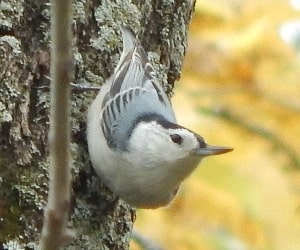
The name comes from "nuthack," which referred to the bird's eating habits. Watch when it eats a sunflower seed or a nut. This bird will wedge it into a crevice and hack it open.
Through fall and winter, the White-breasted Nuthatch will travel with its close relatives, the Chickadees and Titmice as they forage for food.
You can invite the White-breasted Nuthatch to your yard by placing a suet feeder near your seed feeders.
Related Reading
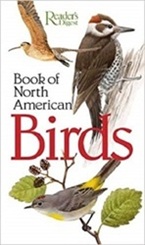
|
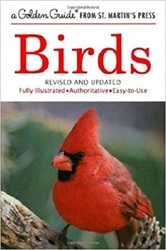
|
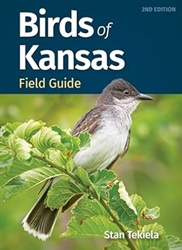
|
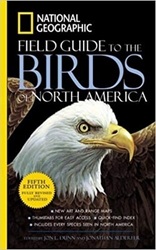
|
| Readers Digest Guide | Golden Guide | Your State Only | Nat-Geo Guide |
